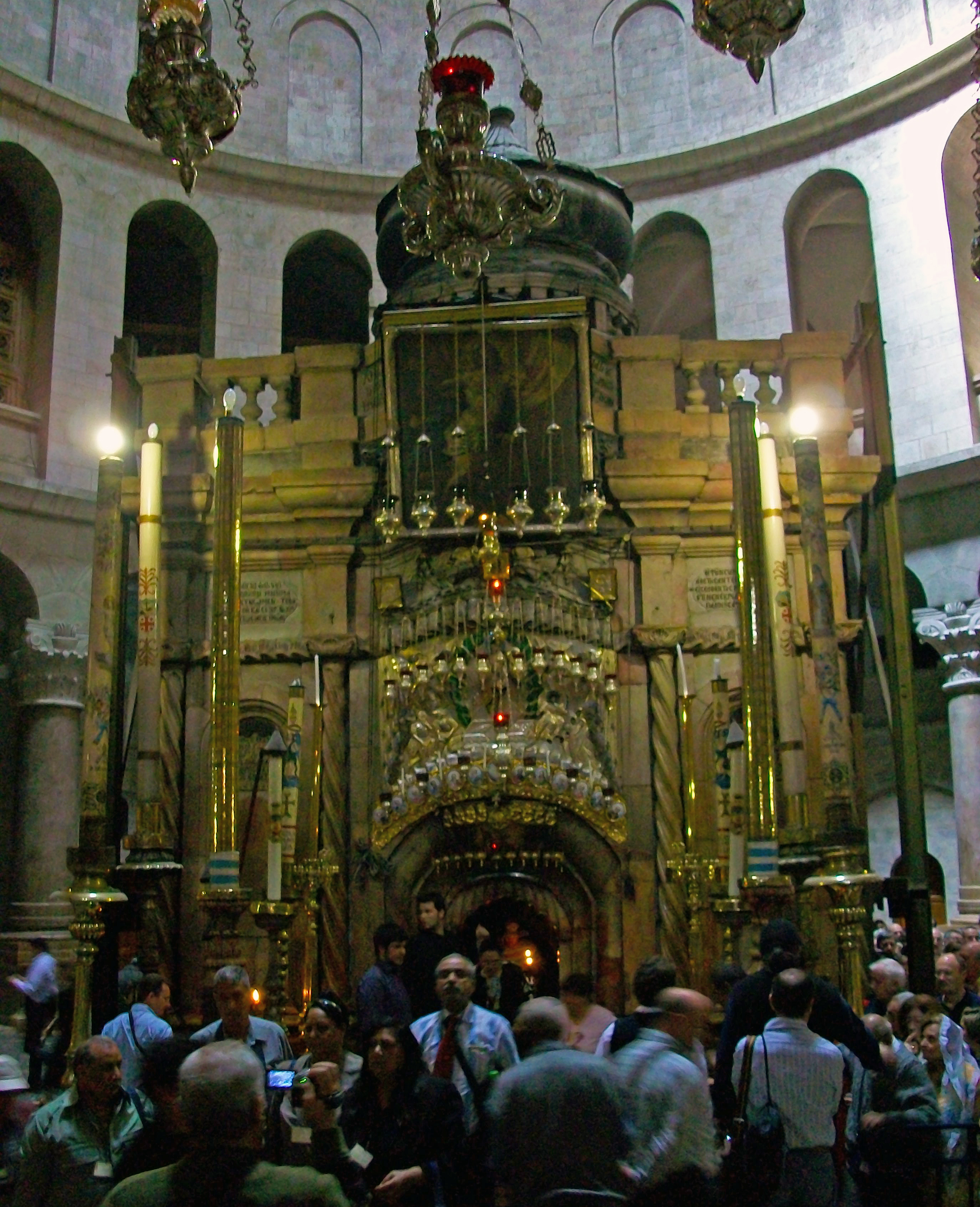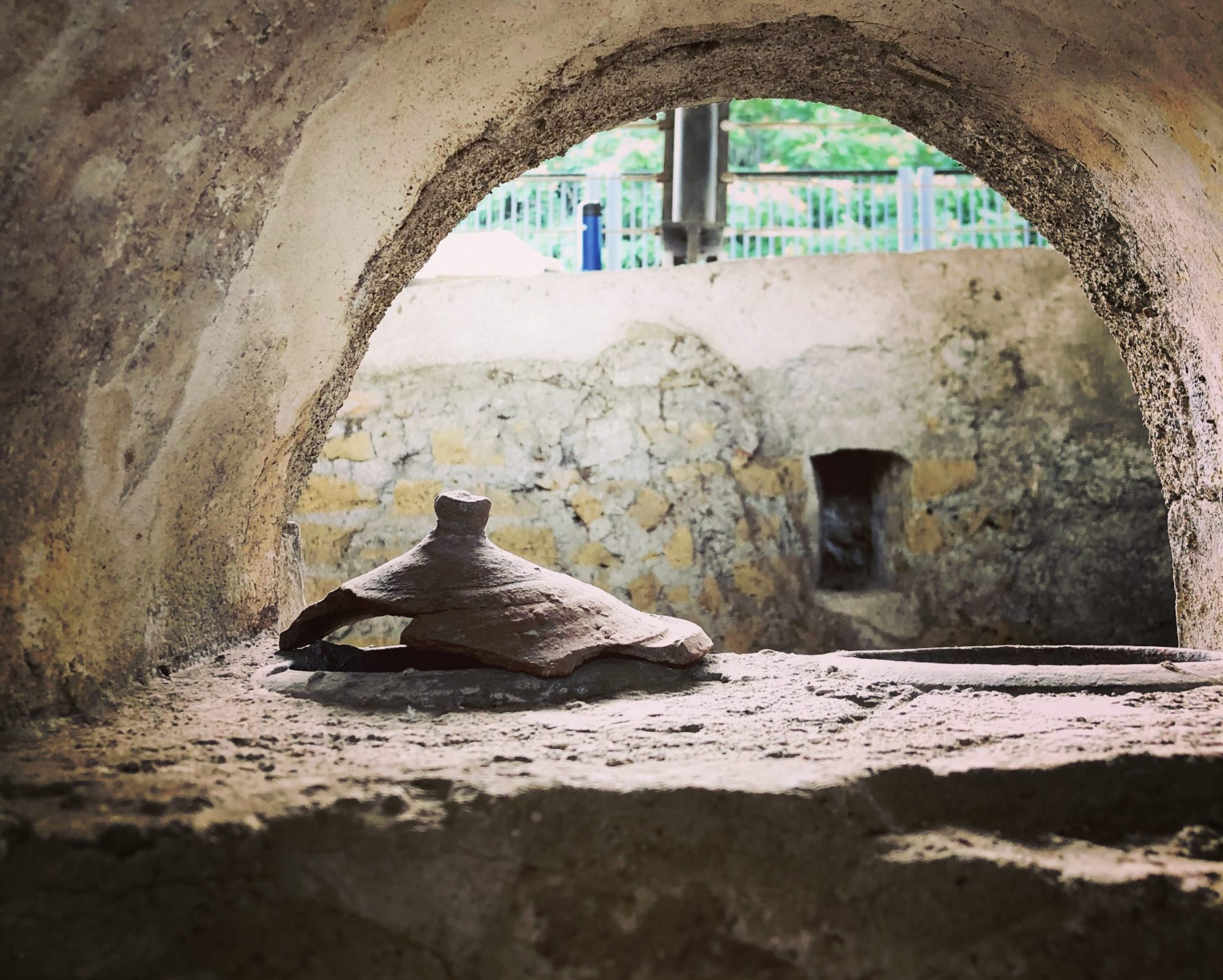“Baseball is like church. Many attend, few understand.” ~attributed to Leo Durocher
It was one of those air travel nightmares you hear about but hope you are never in: In October 2009, I was on an international flight from Philadelphia to Tel Aviv en route to Jerusalem for an academic conference. After a rigorous and time-consuming security screening (enhanced for all travel to Israel) we were boarded on the plane only to wait on the tarmac for seven hours due to a mechanical issue. Tempers grew short and airport security were brought on the plane after some passengers began shouting at the flight crew. By the time I landed in Tel Aviv, and made it through Israeli passport control, the car ride to Jerusalem, and arrival at my destination, I was exhausted.
I awoke sometime in the middle of the night, my body’s clock completely out of whack with my surroundings. With nothing else to do, I began channel-surfing. Late-night TV is bad no matter where you are, and Israeli TV is no exception. I mindlessly flipped through eastern European soap operas and 1960’s footage of Israeli folk dancers until, miraculously it seemed, I came across the live broadcast of Game 1 of the World Series. The Phillies were at Yankee Stadium. The Bronx Bombers had won 102 games that year on their way to the AL Pennant. On the mound for the Phillies was Cliff Lee, picked up from Cleveland that year right before the trade deadline. Lee had pitched an eight-inning no-hitter against St. Louis in June on his way to a complete game. Here, on the biggest stage in baseball, in one of the game’s iconic parks, Lee was magnificent: throwing 80 strikes out of 122 total pitches as part of a complete game, eight-inning shutout in the Phillies 6-1 victory.
Unlike Cliff Lee, I didn’t make it to the end of the game, but those first few innings I watched from Jerusalem were a delight I will not soon forget, thanks to his record-setting performance: the first pitcher in a World Series start with ten strikeouts, no walks, and no earned runs. The next morning, I drank my coffee in sight of the Temple Mount and walked into the Old City to the Church of the Holy Sepulcher, where the site believed to be the tomb of Christ has been venerated for over sixteen centuries. In another happy coincidence, I arrived just as Mass in front of the tomb was beginning for an American tour group. I quietly joined the back of the group and slid comfortably into the vocal and physical rhythms of the rite that has been with me my entire life.

My experiences of the World Series game in the House that Ruth Built and the Mass at the Holy Sepulcher both involved a powerful combination of memory, history, ritual, and emotion. A baseball game is liturgical after all: a public, communal, ritual event, within which individual and group dramas are acted out in larger structure of order and rules. Both baseball and the liturgy are global phenomena, with distinct cultural elements depending on where in the world they are, not to mention the role that some ballparks play as pilgrimage sites of sorts or the gallery of saints and sinners in the history of the game. And of course, like liturgy, baseball’s adherents argue passionately about any changes to the rubrics–at times even more passionately than Christians to about worship.
I don’t want to press these similarities too far, and I’m not about to argue that there is some innate religious component in human nature or in everything that we do (but there is quite a bit of literature out there on religion and baseball). But I can’t deny that these two unexpected encounters within the space of a few hours were for me more than just a reminder of “home” in a foreign country. The ballgame gave me a deeper understanding of the worship service. Together both brought me face to face with the embodied nature of religious worship, its necessary binding to place and to group.

